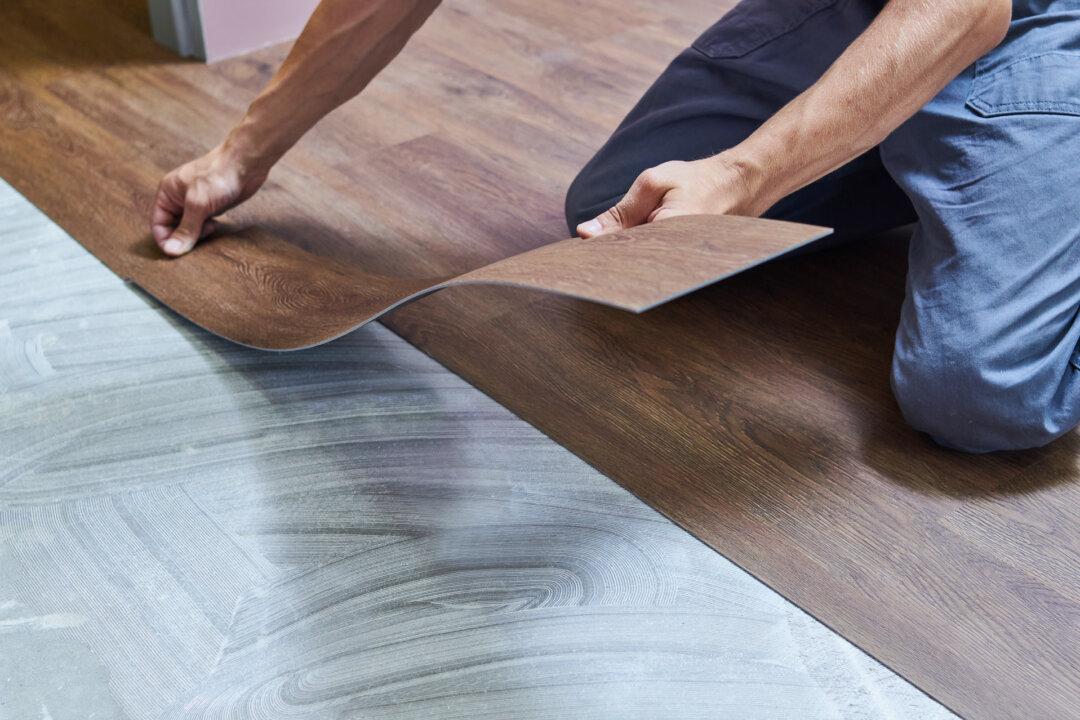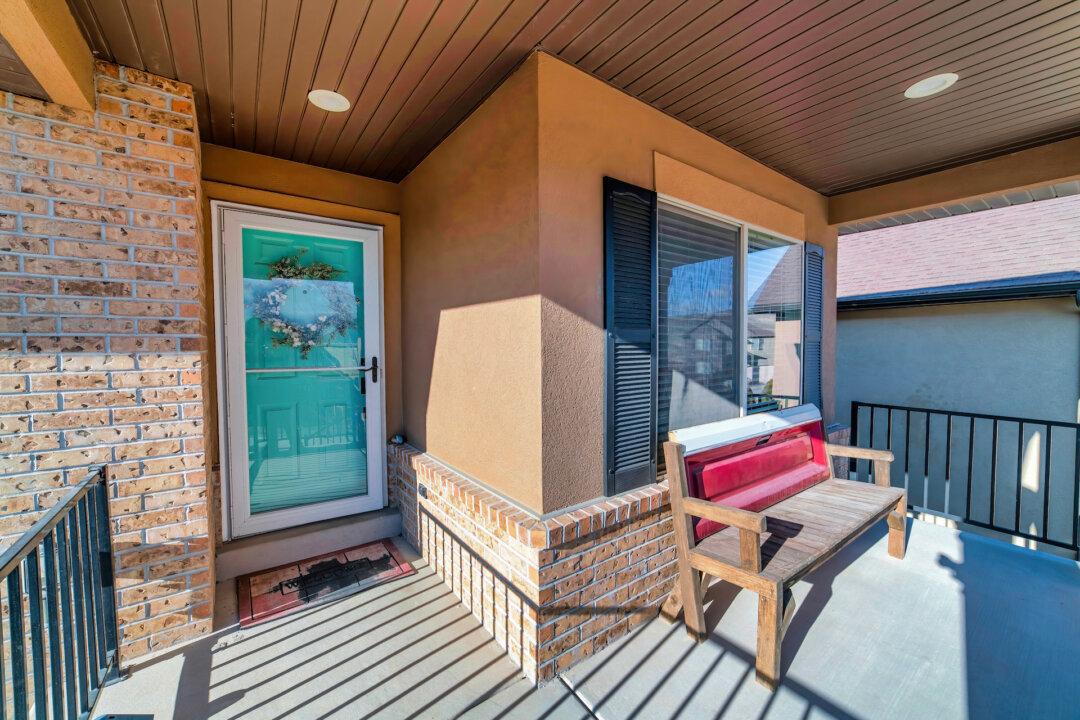Most of these cracks are not an issue for the structure of the house. The most common location of the cracks is along sharp inside corners and around window openings. These are easy to repair with a polymer fill compound. The next most common location is along long areas of slabs and floors, and you will need a professional to seal those.
Visit the homes of some of your future neighbors who have expressed concerns about cracks in their houses.
Hopefully, you can have your builder accompany you. An experienced builder should be able to determine if the cracks are truly excessive and what might be the possible causes.
There are many possible causes of cracks in the concrete in houses. Most often, people assume cracks are due to settling of the ground and the resultant movement of the foundation of a house. Actually, many cracks are caused by overstressed support lumber, insect damage, concrete and lumber slippage, or just poor installation techniques.
The soil itself can have a significant impact on the amount of cracking in a new house. Expansive clay is one of the worst types of soil when it comes to cracks. To tell if your area has expansive clay, look at a mud puddle after it has dried. If you see a matrix of cracks in it, it probably has a good percentage of expansive clay.
Expansive clay soil can support a lot of weight, but the problem is it also shrinks vertically, as much as 15 percent, as it dries. Looser soils do not shrink as much, but they can shift under the extreme weight of a house.
With expansive clay soil, consider installing a water injection system if your area experiences periods of heavy rainfall and drought. This type of system uses perforated drain pipe buried deep around the perimeter of the foundation. This is connected to a riser pipe up to the ground surface. During very dry periods, trickle water down the riser to keep the clay soil moist.
When the foundation is poured, install steel rebar (reinforcing rod) in the foundation walls and in the slab or floor for additional strength and stability. There will still be some fine cracks as the concrete cures, but most of the serious cracks should be eliminated.
Try to keep the structural lumber covered and dry before it is used. When supporting lumber gets wet, it expands considerably. If it is installed in this damp condition and then dries and shrinks later, what once was a tight fit will now be loose. This can unevenly load the concrete and cause cracks in it and in the walls.






